Biology Research News Archives
This page archives older entries featured on the Research News page. The Research News page highlights recent and ongoing research by Amherst College's faculty and students in Biology.
This page archives older entries featured on the Research News page. The Research News page highlights recent and ongoing research by Amherst College's faculty and students in Biology.
Larijani, B., Hamati, F.14, Kundu, A.13, Chung, G., Domart, M.-C., Collinson, L. and Poccia, D.
2014 Biochem Soc Transactions 42: 1335-1342


James Mooney’12E, Saumitra Thakur’11, Peter Kahng’13, Josef G. Trapani & Dominic Poccia
J. Chemical Biology 7 :43-55 (2014)



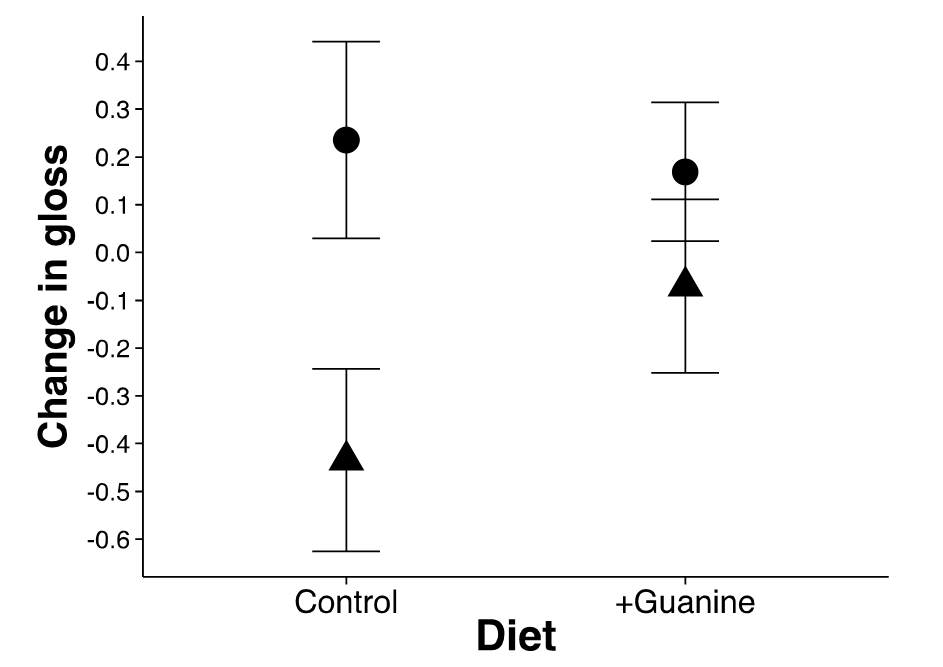
Matthew D. Cahn ‘13, Alexandria C. Brown and Ethan D. Clotfelter. Guanine-based structural coloration as an indicator of oxidative stress in a cichlid fish. Journal of Experimental Zoology, in press.
"We used a novel approach to measure structural coloration in a fish and found that structural coloration can be condition-dependent and indicative of environmental stress."
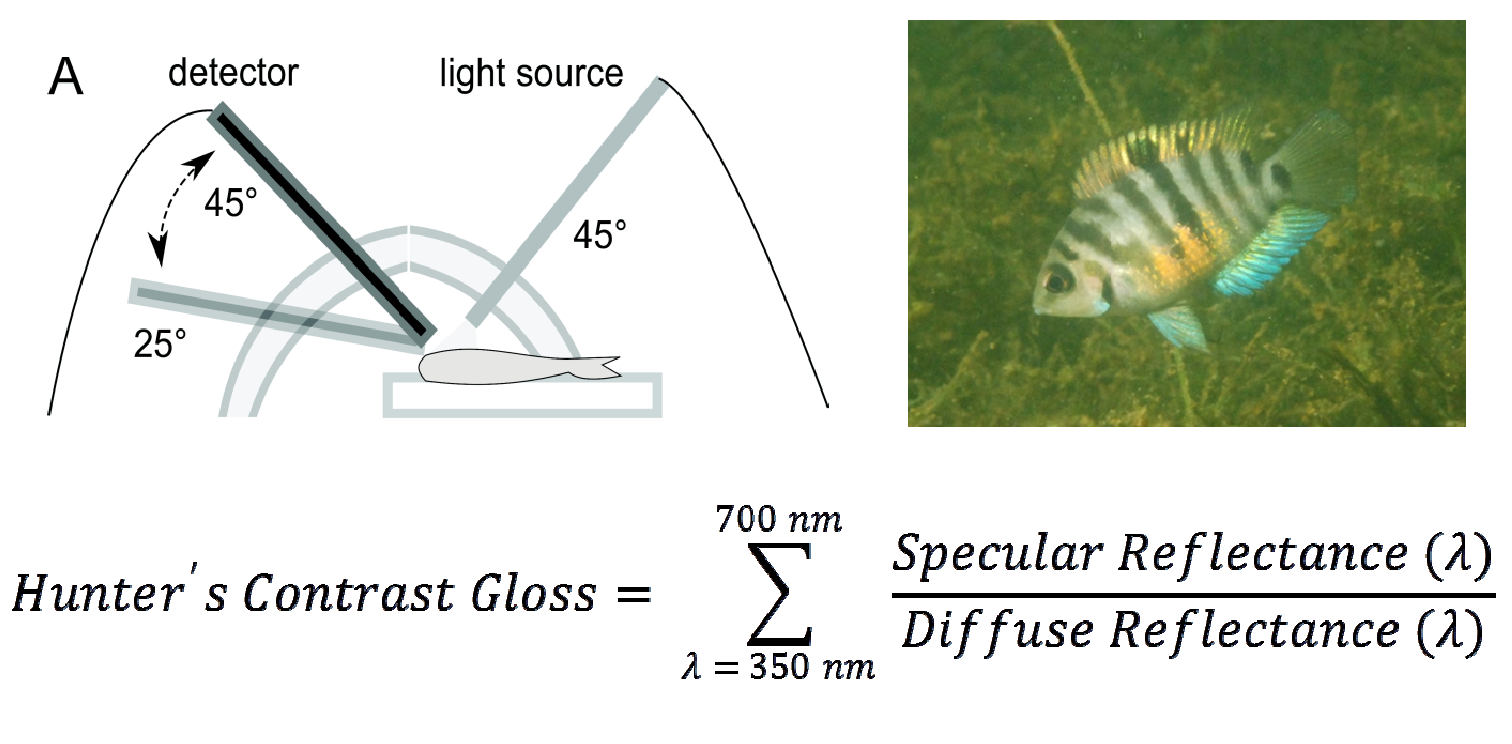
Uploaded:
10 Nov 2015 KAR
Lucy Xu, Elsa Petit, Michael E. Hood. HEREDITY August 2015:online early doi: 10.1038/hdy.2015.68
Fungi often recognize mating partners by the reciprocal exchange of pheromones.
We show that reciprocal pheromones & receptors can co-evolve at different rates. Different rates of co-evolution might reflect the contrasting roles of mating types during the conjugation process, as initiators versus responders

Vibrio cholerae unexpectedly manipulates host metabolism and virulence by controlling acetate levels in the GI tract via the CrbRS signal transduction system.
Published:
30 Jan 2015 TLR
Badouin*, H., Hood*, M.E., Gouzy, J., Aguileta, G., Siguenza, S., Perlin, M.H., Cuomo, C.A., Branca, A., and Giraud, T. (* co-first authors). Chaos of rearrangements in the mating-type chromosomes of the anther-smut fungus Microbotryum lychnidis-dioicae. Genetics (2015) online early DOI: 10.1534/genetics.115.177709.
Genomic regions linked to mating compatibility factors are rich in repetitive DNA and notoriously difficult to study. We used the PacBio sequencing technology to completely assemble fungal mating type chromosomes.
Rearrangements of an unprecedented scale were found, supporting the very ancient nature of the mating-type chromosomes, which rivals the dynamics seen in mammalian XX/XY sex chromosomes.

Fontanillas E, Hood ME, Badouin H Petit E, Barbe V, Gouzy J, de Vienne DM, Aguileta G, Poulain J, Wincker P, Chen Z, Toh SS, Cuomo CA, Perlin MH, Gladieux P, Giraud T. Degeneration of the non-recombining regions in the mating-type chromosomes of the anther-smut fungi. Molecular Biology and Evolution (2015) 32: 928-943.
Genes for mating compatibility often reside in regions of suppression recombination and cytological differentiation within the chromosome pair.

Uploaded:
3 April 2015 TLR
Emme Bruns, Michael E. Hood, and Janis Antonovics. Rate of resistance evolution and polymorphism in long- and short-lived hosts. Evolution DOI:10.1111/evo.12577, Vol 69, 2015.
Conventional wisdom suggests that long-live species are slow to evolve, but with infectious diseases, host lifespan correlates with more rapid fixation of resistance.

Published:
30 Jan 2015 TLR
Caitlin M. Blank'14, Rachel A. Levin, and Jill S. Miller. "Intraspecific variation in gender strategies: associations with ploidy and changes in floral form following the evolution of gender dimorphism." American Journal of Botany, Vol. 101, December 2014.
A study of a species with polymorphism in sexuality and ploidy reveals the convergent evolution of separate sexes in some diploid populations in Hawaii and in tetraploid populations in Mexico. Changes in flower size and shape are reconstructed following transitions from hermaphroditism to separate sexes.

Published:
30 Jan 2015 TLR
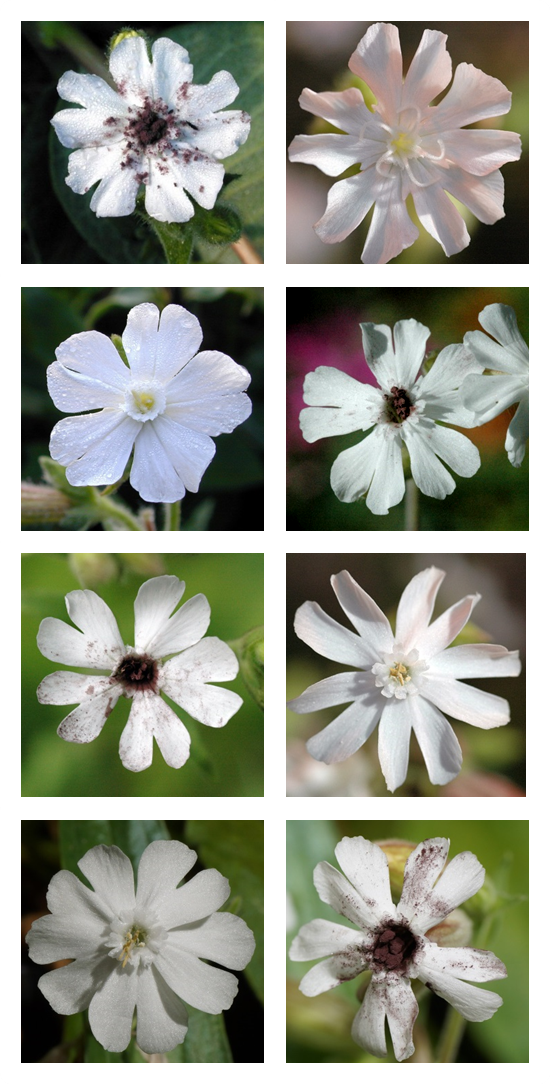
Gladieux P, Feurtey A, Hood ME, Snirc A, Clavel J, Dutech C, Roy M, Giraud T. "The Population Biology of Fungal Invasions." Molecular Biology DOI: 10.1111/mec.13028 vol. 24, Jan. 2015.
This review covers the occurrence and importance of invasions by fungi, which are often overlooked due to the cryptic nature of microbial eukaryotes. A local fungal pathogen is used to illustrate the molecular tracing of source populations overseas.

Published 5 Dec 2014 TLR
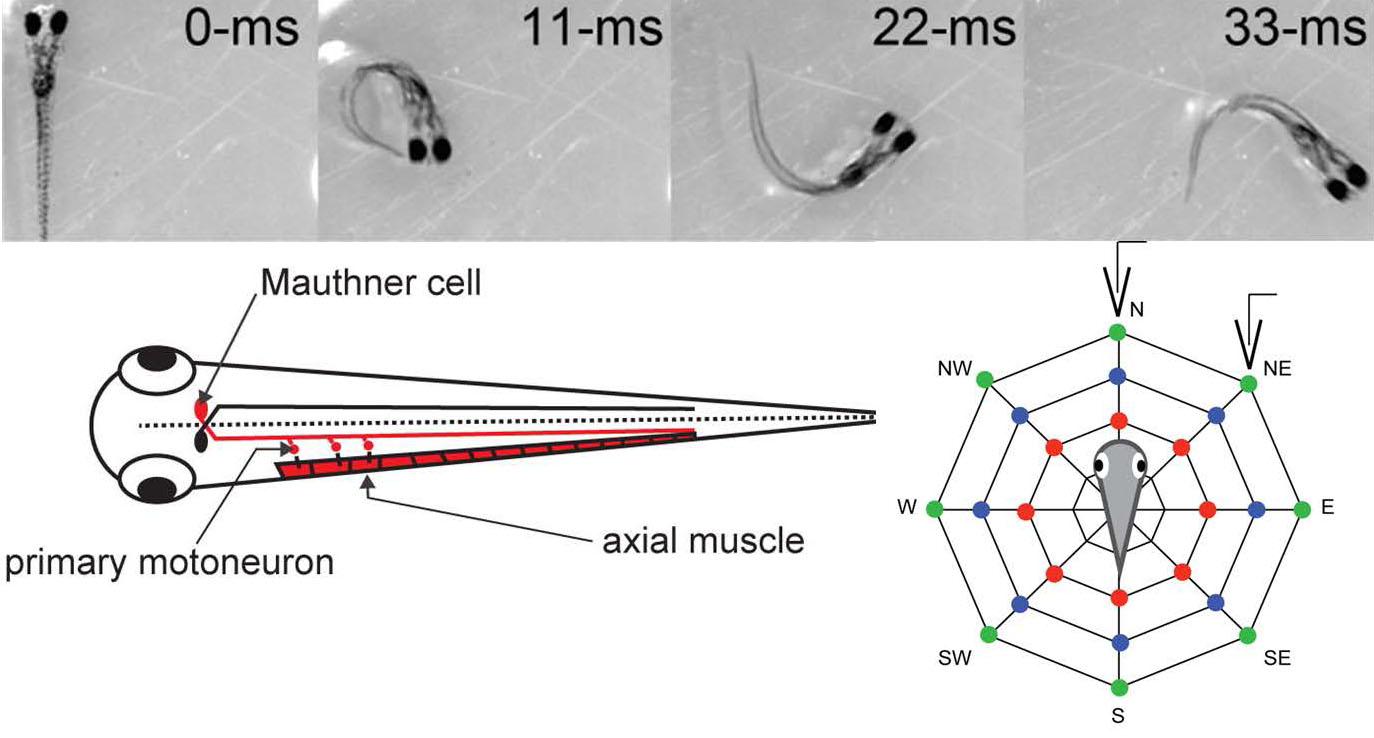
The Trapani Lab recently published a teaching article in the Journal of Undergraduate Neuroscience Education (JUNE) on recording field potentials generated by escape responses of larval zebrafish. The article describes an electrophysiological method to record these potentials from intact, behaving zebrafish using both free-swimming or fixed-position larvae. The laboratories described in the article provide an opportunity to follow a physical stimulus through the nervous system to a behavioral response.
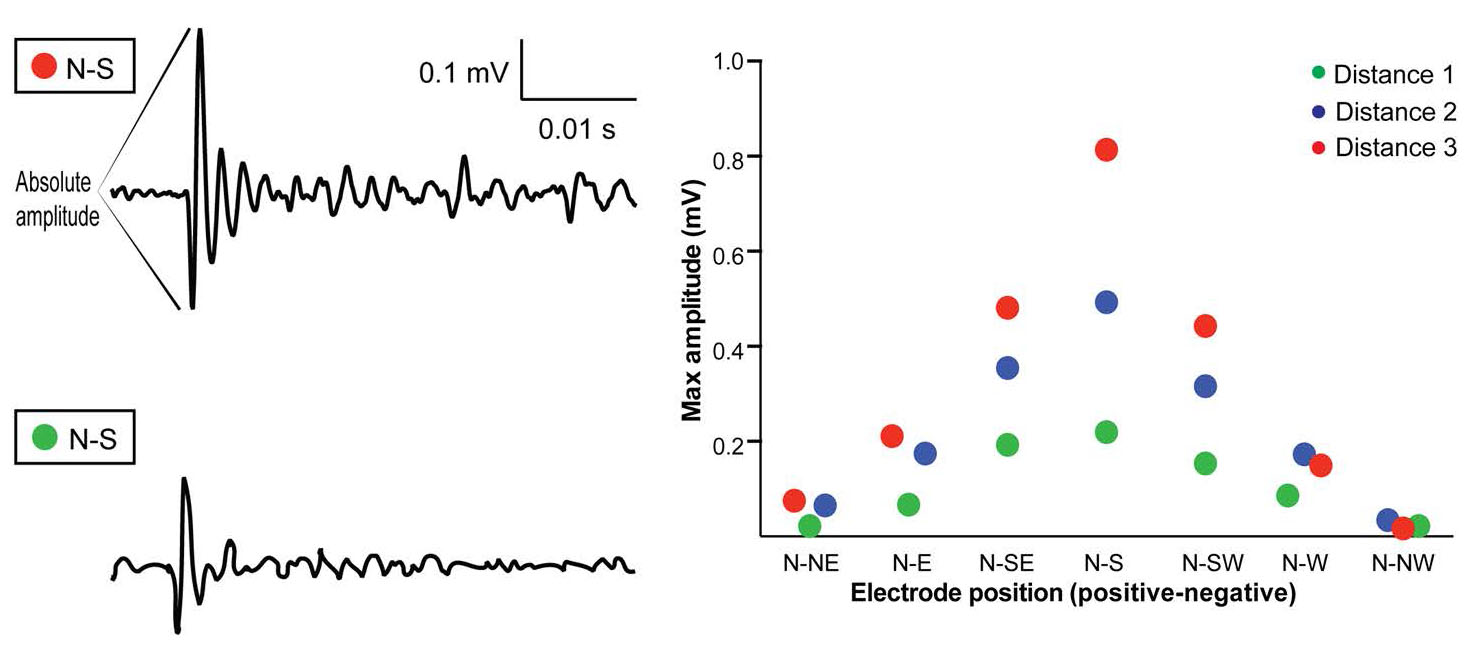
Published:
21 October 2014 TLR
Summer field studies in Professor Michael Hood's lab address how a pollinator-transmitted disease of wild carnations interacts with host population densities. Previous theory suggested a "disease-free halo" at population margins. Detailed demography of the plants and the anther-smut pathogen reveals disease up to the edge of host distributions. This ongoing research is funded by the Ecology and Evolution of Infectious Diseases Program (EEID) at the National Science Foundation (NSF).

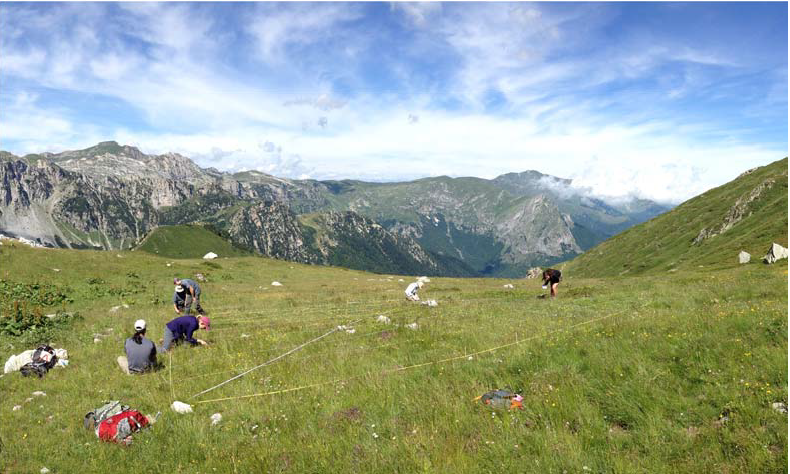
Published:
31 July 2014 TLR
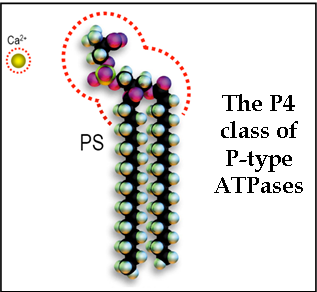
The P4 class of P-type ATPases transport phospholipids. These molecules are much larger than the ions transported by other members of this ATPase family. Gene mutations suggest three different possibilities for this trajectory. In the best model, transport of these giant phospholipid substrates most closely resembles the transport of the smallest substrate of P-type ATPases, the proton.

Published:
9 October 2014 TLR

Approach: Using optogenetics to study hair-cell function and sensory encoding with transgenic ChR2 zebrafish.
Published:
7 July 2014 TLR